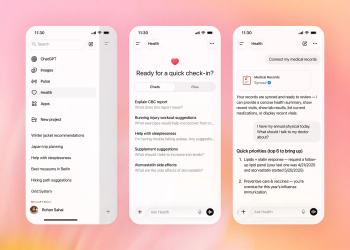
ICD-10 in practice: Case studies in using the new coding system
Like it or not, ICD-10-CM is coming in October, which means medical practices are going to have to code and document their physicians’ patient encounters with more detail and complexity, or they won’t get paid. To help physicians prepare, we highlight some examples of ICD-10-CM coding in action.
Renee StantzQ: An 18-year-old female patient is seen for an ankle sprain. What ICD-10-CM diagnosis code(s) are assigned?
A: When we look in the
S93.4-Sprain of ankle.
This block instructs us to use a fifth, sixth and seventh digit:
S93.401-Sprain of unspecified ligament of right ankle.
S93.402-Sprain of unspecified ligament of the left ankle.
S93.409-Sprain of unspecified ligament of unspecified ankle.
A seventh digit is also required to identify the patient encounter:
A-Initial
D-Subsequent
S-Late Effect (Sequela)
Unfortunately,
In our scenario, ICD-10-CM code S93.409_ could be used, but you may regret using it down the line. First of all, some payers have stated that they are not going to reimburse claims with unspecified ICD-10-CM codes. Also, government and third-party payers are going to assign severity and risk scores based on the diagnosis
For coders, I suggest a written query to the physician requesting the following additional information:
Which ankle, right or left?
Is this the initial, subsequent or sequel encounter?
How did this injury happen?
Where did this injury happen?
Once the physician responds, you can then choose the correct specific code.
For instance, the physician may indicate that this is the initial encounter for this problem, and the patient sprained her right ankle when she slipped on ice on the driveway while going to the mailbox.
Based on this information, we now can choose that the appropriate ICD-10-CM code of S93.401A.
Q: A 3-year-old boy was seen in the office today with acute ear pain. The exam finds right acute serous otitis media. What ICD-10-CM Diagnosis code is assigned?
A: The process of finding an
The next term you find is “media (hemorrhagic) (Staphylococcal) (streptococcal).” Next, you find “acute, subacute,” and look for the term “serous.”
The index then refers to “see Otitis, media, nonsuppurative, acute, serous.” Further down in the same column you will find: “nonsuppurative,” which is still under the “Otitis, media” subsection.
Next, look for “acute or subacute,” and “serous” beneath that. This refers you to ICD-10-CM code H65.0-. As you can see, the code requires a fifth digit, which specifies laterality and other conditions, such as recurrence. To find the choices for the additional digit, you need to look in the ICD-10-CM Tabular List under H65.0 (Acute serous otitis media).
The fifth digit symbol next to the code is another way to tell that a fifth digit is required. The final question is whether the condition is recurrent, which will impact the final digit. Since the patient’s acute serous otitis media is in the right ear and is not recurrent, the ICD-10-CM code is H65.01.
The answers to readers' questions were provided by Renee Stantz, a billing and coding consultant with VEI Consulting Services in Indianapolis, Indiana. Send your practice management questions to
Newsletter
Stay informed and empowered with Medical Economics enewsletter, delivering expert insights, financial strategies, practice management tips and technology trends — tailored for today’s physicians.








